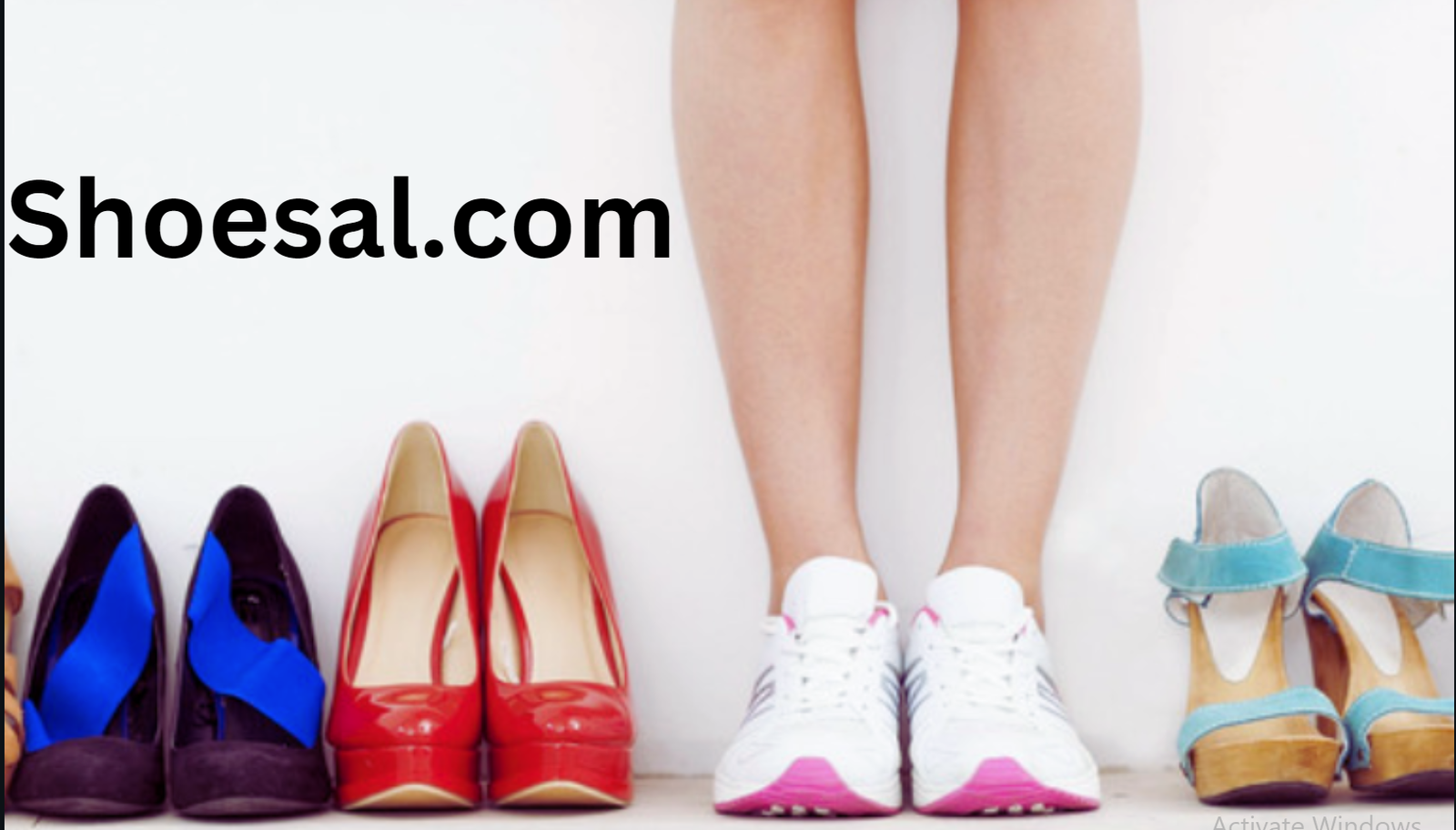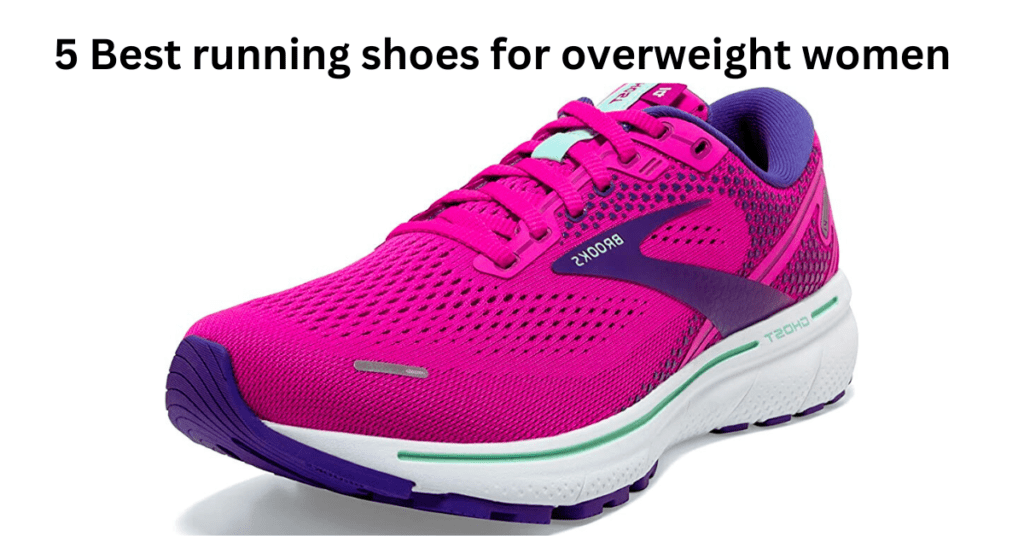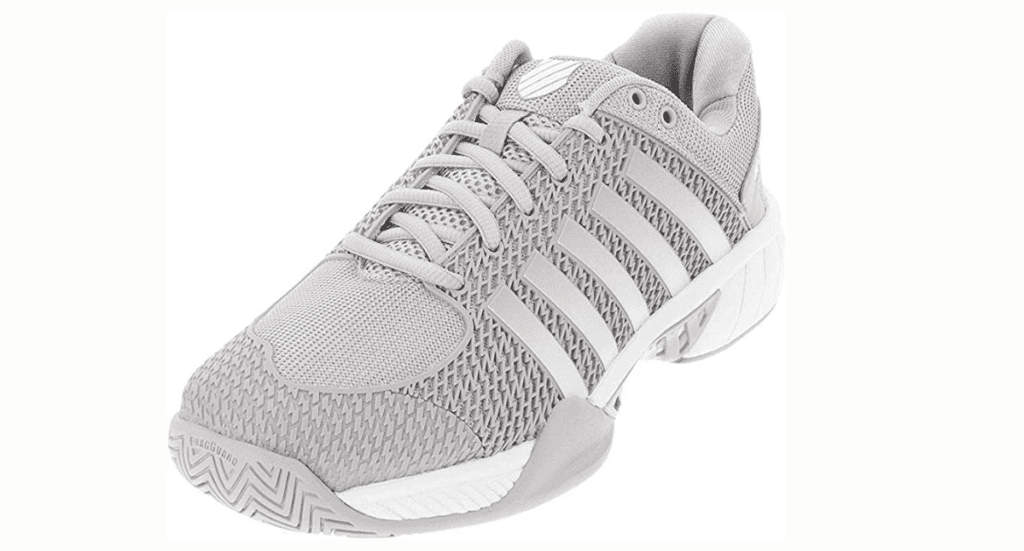Why do ladies always seem to wear shoes?
It’s hard to distill all of this without creating enormous, absurd caricatures and overgeneralizations since there is so much going on. So let’s begin here: A TV series called Sex and the City. It wasn’t the actual world. It was just fabrication, not even exaggeration. Never let television shape your thoughts about women, shoes, or anything else.
However, footwear is just a component of fashion. Women are supposed to dress more casually than males, at least in the US. There are certain kinds of attire for certain occasions: work, dating, get-togethers with friends, getting married, funerals, and so on. At a low-cost, medium-cost, or high-cost restaurant, a woman is expected to dress differently, but a guy is more likely to choose “casual” or “formal.” There are two types of clothing: seasonal clothing and fashion clothing.

Shoes serve far more purposes in this situation than only protecting your foot’s sole. They must coordinate with the remainder of the outfit in terms of style, color, pattern, and occasion. A lady could have shoes to go with every outfit, while a guy could get by with a single pair of black oxfords for almost everything.
Or even many pairs: she may alter the outfit’s tone (for example, to make it more official or more lighthearted) simply by switching out her shoes. Women are now free to express themselves more via what they wear, including shoes. Men are often required to have a uniform appearance and are limited to a few number of colors and styles. A man’s suit is designed to resemble a military uniform, with a focus on the uniform, and this is no accident. Women may differentiate themselves from the crowd by customizing the color, pattern, cut, material, amount of flesh shown, and many other details.
Shoes may be a reasonably priced luxury item. A colorful or intriguing pair of shoes may easily cost less than $50, but Carrie Bradshaw loved wearing shoes that cost more than my car payment. These shoes won’t last very long, but even if they do, they’ll become outdated very soon and be replaced by a variety of different styles.
It’s also a given that they will hurt. Some ladies are not going to tolerate it. It’s a trade-off between their desired self-expression. Shoes are just one example of the very unpleasant clothes that women have sadly been forced to wear for a very long time.
To be sure, I know many women who have no more shoes than I do—not even running, hiking, or work shoes. A woman does not have to comply with social pressures to wear a new outfit for every possible social event or to change clothing three times a day.
However, there is nothing at all wrong with those that do. Their activity is something that appeals to their feeling of femininity and self. If she wants to wear an attention-grabbing shoe that is totally impractical, then by all means she may.
The way the shoe highlights some aspects of her appearance and draws attention to others conveys a variety of messages about how she thinks about herself. While other women who are conversant in its language will be better able to interpret it, even those who are blind will respond in some way when they view her as either taller or shorter, moving in a different way, matching or clashing. The same holds true for every other aspect of fashion.
What is the most common women shoes size in the US?
7, 7.5 and 8 are the best selling shoe sizes today and shoes are ordered accordingly in a bell curve with much less available in smaller and larger sizes. Years ago, a 5 was the women’s sample size and most women wore a 6 or 7, but that’s no longer the case. It used to be impossible to even find a women’s size 11, but now some key styles from many brands are made in this size.
Why the change? People change. Visit Colonial Williamsburg and you’ll find small clearances through most doorways, as the average man was between 5’2″ and 5’4″. Most men are now much taller. Because we have better food in childhood, all people have a better chance of becoming adults, even accounting for genetics. Because of this, we are likely to have correspondingly larger feet.
One day, it may become almost impossible to find women’s shoes in size 5, while sizes 12 and 13 are kept on the shelf instead of being available only by special order.
What is the distribution of women’s shoe sizes?
The majority of women’s shoe designs come in smaller sizes. The manufacturer packs of any type of women’s shoes at Nordstroms, where I used to work, came in full and half sizes ranging from size 5 to 10, with only full sizes available in sizes bigger than 10.
Typically, a size’s pair count was restricted until sizes 7 through 9, at which point it increased to 10. For sizes more than 10, special orders were needed for many models. In this manner, Nordstroms reduced the likelihood of being left with unsold shoe pairs that would subsequently be either sold via Rack locations or destroyed at a loss.
Have you been caught wearing women’s shoes?
YES, twice. A long time ago, mostly from my next door neighbor whose steel heels I used and wore in the privacy of my room. Once, when I was trying on her high heels, she suddenly turned around when she forgot to take her car keys.
Seeing me in heels, she became curious. I blushed completely as if I had been caught in the act. She asked a series of questions, but I was spellbound. Seeing my nervousness, she calmed me down and made me sit next to her on the couch. I mumbled in a blushing tone that I like her heels. After a few minutes of talking and judging my craziness for heels, she let me wear her heels.
Second, my mother caught me red-handed sleeping in my room in heels and forgetting to lock the door. She was so angry that I have never seen her in my life. She stayed angry with me for several days. Seeing my ardent love for women’s heels, he reluctantly agreed to let me wear them around the house.
What style of women shoes do men like to wear when dressing up or cross-dressing?
Excluding the sneakers, flats, and slipper I would dress in anything from boots to heels to sandals. I like boots, pumps, and sandals with high heels. With the exception of one pair of flats, all of the more than 200 pairs of shoes I own are 4.5 inches or taller. The first pair of shoes I purchased was on sale for $0.99 and looked very attractive. I felt like I fit into those golden, strappy shoes in size 41 with five-inch heels that weren’t taken. I eagerly selected them and made the payment.
I put them on in my parking lot and felt fantastic since they were a wonderful fit. After making sure no one was around, I turned to leave my vehicle and put on my first pair of women’s shoes. The first few steps were a little challenging, but it felt wonderful. That was the start of it. I stored them beneath my bed, and whenever I had some alone time, I would put them on, go on walks, and wear them all the way to bed. To be honest, I was trained in high heels from the very beginning.
I have been purchasing shoes everywhere ever since. I saw them, I like them, and I would purchase them from stores, online, and even from other ladies if I liked one on them and wanted to buy it too. Since I ran out of room and some of the pairs were old, worn out, or broken, I have given and thrown away more than 100 pairs so far.
If I had to organize every shoe I had right now in a closet, I would most likely need something pretty large. I exclusively wear high-heeled shoes because I like women’s shoes. Heels with spikes, blocks, stacks, wedges, but only heels with high heels. I would wear 4.5 inches at the very least and 7 inches at the top, with a platform that is around 1.5 inches. I own shoes in a variety of hues, including black, white, pink and red, golden, silver, green, and blue, as well as materials like leather, PU, lace, satin, jute, textiles, metal, and even soft rubber or plastic.





